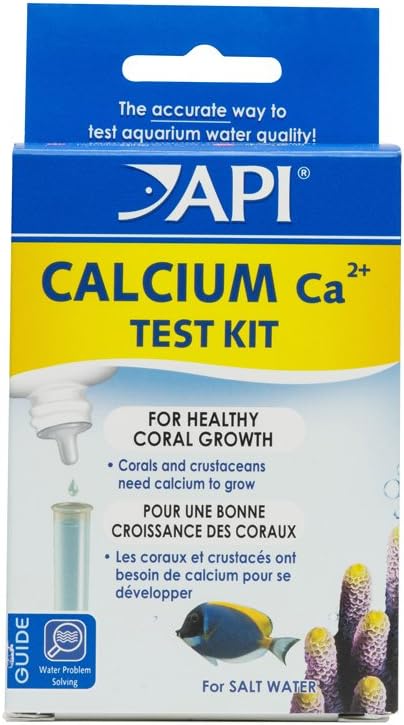Shrimply Explained is currently undergoing renovations. Please don't buy anything yet. Thank you!
Ensuring the right balance of minerals in your tank water is critical to successful shrimp keeping. The wrong amount leads to molting problems, poor offspring survival, and worse immune function. Negative effects can also be seen in aquatic plants, leading to serious problems with a tank ecosystem. There are two ways to ensure the right mineral content in your water.
The most reliable way to achieve the right amount and ratio of key minerals is to use water that has been purified via reverse osmosis filtration or distillation (RO/DI water), then adding minerals in using a shrimp-specific remineralizer. While there are many different ones available that work well, we recommend the Salty Shrimp brand due to our experiences and the wide availability of their products.
You and your shrimp deserve the best and Shrimply ExplainedTM is here to provide that. If you want to learn all the basics of the science of shrimp keeping, then check out SB101: Are Shrimp Right for You?. You can also stay up-to-date about the latest tools and shrimp keeping info by subscribing to our mailing list (sign-up below).
Please reach out to us via social media or email for any help with your tank, feedback on our content, or just to talk about shrimp!
Sincerely,
Rick and Shrimply

Shrimply Explained™ is a participant in the Amazon Services LLC Associates Program, an affiliate advertising program designed to provide a means for sites to earn advertising fees by advertising and linking to Amazon.com.

If you use tap water instead of remineralized water, then it’s tough to know whether the right ratio of minerals are present, specifically calcium (Ca) and magnesium (Mg). You may have General Hardness in a healthy range but still experience molting problems (Click here for background information on GH in shrimp tanks). GH is one useful test that tells you if the right sum of calcium and magnesium are present, but GH does not tell you whether they are present in the right ratio. Your GH could be made up of 100% calcium and 0% magnesium, or the opposite, neither of which are healthy. The recommended Ca:Mg ratio is roughly 2-5 parts calcium for every 1 part magnesium by weight. This is shown by environmental data from streams where Neocaridina live naturally (5:1 Ca:Mg) and from testing the Salty Shrimp remineralizers (2:1 Ca:Mg). The remineralizer is used by a wide range of shrimp keepers and has been shown to work consistently well, so we generally recommend aiming closer to that ratio, as opposed to the 5:1 seen in streams in Taiwan, where molting success frequency has not been tested.
Tap water in the US has around a 3:1 ratio and the right total GH on average, so many shrimp keepers have success using tap water to raise relatively insensitive species like neocaridina (cherry shrimp), ghost shrimp, vampire shrimp, bamboo shrimp, and amano shrimp. That being said, if you don't test your water then you are taking a risk. The only way to find out if your tap water actually supports the shrimp you want to keep is to either:
If you experience molting problems or want to test your water before adding shrimp to be careful, then the following procedure explains how to do so. The rest of this article explains the most cost-effective way to test your tank's calcium and magnesium levels, then how to calculate the Ca:Mg ratio. If the ratio is far off of the recommended 2:1 ratio, then we also explain how to fix it by adding the missing minerals.
Please note that the API Calcium Test and most others on the market are intended for saltwater, which typically has much higher calcium levels than freshwater. These tests typically only measure to the nearest 20 mg/L but the instructions below modify the testing procedure to double or quadruple the testing volume and measure to the nearest 10 mg/L or 5 mg/L, respectively. This requires a dilution that makes the color change more difficult to see so it may take a few tests to get used to.
Also, please note that molting problems are not just caused by an imbalance in minerals but also by diet and genetics. Finding your Ca:Mg ratio is a useful diagnostic tool to identify and fix a potential problem but this may not always solve molting problems.

Follow the instructions of the API GH Test Kit (or whichever liquid GH test you prefer – do not use strips) to determine the GH of your tank.
Enter in your GH (select units) and calcium concentration from Step 1 to automatically calculate magnesium concentration and Ca:Mg ratio.